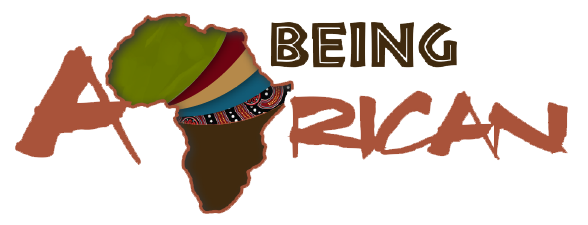Arts & Craft in Zulu Culture
ARTS
Zulu people are very creative, and this is seen in their art and craftwork – primarily beadwork, weaving, and pottery.
Women and children weave every day-use mats, beer sieves and baskets for domestic purposes. They also make calabashes (decorated gourds used as utensils). Men and boys carve various household objects and ornaments from wood and bone.
Beads
Beadmaking is mainly women’s work. Most women would gather in small groups after they are done with doing their house chores and start making different kinds of beads. Some of these women will sell the beadwork to the visitors during special events.
Most of the beads are used by individuals to decorate and adorn themselves. Bright colours are used and are worked into wonderful geometric patterns. Beads not only decorate, but they also convey messages without being direct. Different colour beads have different meanings. Ucu (ulu) beads were historically used as a language between men and women, to express their love, feelings, relationship status, for instance, when a woman has been proposed by a man, she may not accept his proposal at the same time but will later send him a bead as a way of accepting the proposal.
Beads serve an important role in the Zulu culture like in many African cultures. They form part of the traditional attire for a certain event or ceremony.
Pottery
Pottery is made from dark clay from the riverside. Several clay pots are made by the women with patterns scratched into them and dried around a hot fire. They are often used for rites and rituals such as weddings, births, marriages, and burials often symbolizing hospitality and communality. Some of the pots are used as water reservoirs. In all the traditional ceremonies, the umqombothi (traditional beer) is served in the Ukhamba vessel as a way of respect and honouring the ancestors by kneeling when drinking it.
Weaving
Different forms of items, e.g., baskets, mats, brooms, hats were woven from different natural materials, they are made from dried grass, thin rushes, or lengths of old telephone wire. Baskets are used for storing, transporting and as drinking vessels as well as during many zulu ceremonies. They are also woven into wonderful geometric shapes with different colours achieved by dying the grass with berries, roots and flowers. The tradition of weaving has been passed down from generations.
